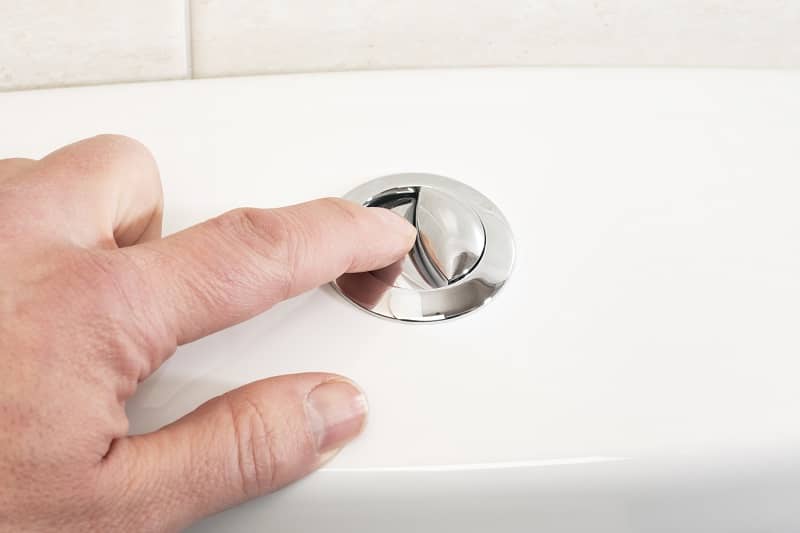Public restrooms present a challenge to many advocates who want to provide as many people as possible with a safe and dignified place to go while reducing the environmental impact of these amenities. Considering that people need to visit the restroom an average of seven times per day, it’s clear that public restrooms get a lot of traffic. Unfortunately, many people incorrectly assume public toilets flush away energy, water, investments, and other valuable resources. In reality, public restrooms are cleaning up their act in a lot of ways for improved sustainability.
Low-flow toilets.
The concern about excessive water usage isn’t new. In fact, the US passed a law in 1992 that required every new toilet to use no more than 1.6 gallons per flush. But, that hasn’t prevented people from inventing restrooms that fall well under that max limit. For example, the Portland Loo only uses 1.28 gallons per flush. That’s a whole 20% less than the federal requirements. Imagine how much water your city could save over the course of a year and even a decade with this change.
Waterless urinals.
If you thought low-flow technology is impressive, wait until you hear about waterless urinals! These futuristic fixtures don’t use an ounce of water while still delivering the same results as their water-wasting counterparts. The Environmental Protection Agency (EPA) predicts that a standard office building switching to waterless urinals saves around 26,000 gallons of water annually. This already impressive number would compound greatly if all commercial and public buildings made the change. It might seem impossible now, but there are even experimental versions of a waterless toilet.
LED lighting.
Lighting is an often overlooked yet crucial part of a fully functional public restroom, especially when available to the public 24/7. It’s also a critical battle in the fight to reduce the environmental impact of public restrooms. Modern LED lights are becoming increasingly common due to their superior performance when compared to incandescent options. These advanced models last 25 times longer and require 75% less energy. In the context of public restrooms, that means lower costs for cities and a smaller carbon footprint.
Solar-power.
Sunlight is the most abundant source of power in existence. Every day, planet Earth receives enough solar energy to power the whole world 10,000-times over. Over the past few years, the adoption of solar power has skyrocketed as it now covers 3.4% of the US energy demands. Public restrooms might not be the first thing you think of when it comes to solar energy, but many new designs are adopting this technology to reduce costs and improve sustainability.
Green cleaning products.
A hidden impact of public restrooms is the environmental effect of bathroom cleaners. It’s common practice for local governments to use commercial-grade disinfectants, cleaners, and aerosols to keep these commonly used places hygienic and disease-free. Unfortunately, many of these compounds pollute the air and water. That’s why there’s an increasing focus on green cleaning products that limit the spread of germs without unnecessarily harming the environment.
Further Reading: Easy and Fast Ways to Clean a Toilet
Sensor-activated fixtures.
Another major sustainability improvement in public restrooms is the spread of sensor-activated fixtures. It’s perfectly common to find a public bathroom with automated lights, toilets, urinals, faucets, and hand dryers. Together, these sensor-activated components save water and electricity while reducing waste by limiting the amount of resources consumed by each user. Plus, these fixtures are fantastic for avoiding germs in public bathrooms which leads to safer communities overall! As sensor-activated technology improves, the associated costs drastically decrease so cities can adopt these fixtures without breaking the bank.
The Portland Loo is the ultimate sustainable public toilet.
The Portland Loo is checking all these environmentally friendly boxes to provide cities with a sustainable alternative to standard public restrooms. With the abilities to have automated fixtures, solar panels, low-flow toilets, LED lighting, and so much more, the Loo is on the cutting edge of eco-conscious public amenities. If you’re interested in bringing a Loo to your city, please contact us to learn more.


